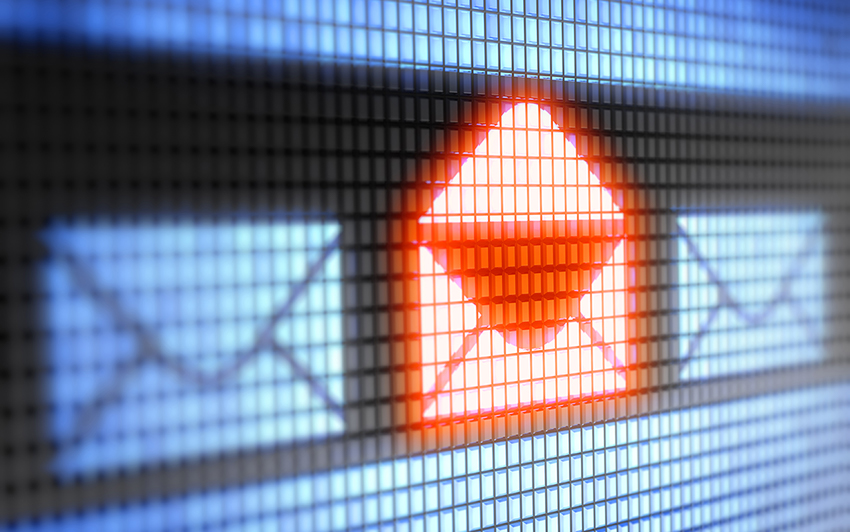
The spam problem keeps growing, and the issues surrounding it affect everyone – IT professionals, email marketers and email recipients alike.
At best, spam is a resource-consuming nuisance, adding to the already large volume of emails that must be sent, received, filtered, monitored and stored.
At worst, spam can be an attack vector for malware to infiltrate an organization.
How bad is the spam problem?
InfoSecurity magazine cites a dismaying statistic about the darker side of spam:
“Spam is becoming an increasingly successful attack vector, with click rates rising from 13.4% in the second half of 2017 to 14.2% in 2018,” warns Adam Sheehan, behavioral science lead at MWR InfoSecurity.
Malware can hide within internal IT systems for days until it surfaces to attack and cripple an organization. These exploits can be hard to find before damage is done, and combating them takes dedicated resources of time and money.
What makes an email spam?
The defining characteristic of spam is lack of consent.
The international nonprofit Spamhaus Project, which tracks malware including spam, explains it this way:
“Spam is an issue about consent, not content. Whether the Unsolicited Bulk Email (“UBE”) message is an advert, a scam, porn, a begging letter or an offer of a free lunch, the content is irrelevant – if the message was sent unsolicited and in bulk then the message is spam.”
Spam is an issue about consent, not content.
Spamhaus Project
Things get tricky when you receive so many emails that it’s difficult to distinguish legitimate messages you’ve opted into from actual spam.
How spam makes life harder for honest email senders
Spammers present a challenge for email marketers. It’s already difficult for organizations to break through the clutter with their marketing communications. Spam only adds to that email volume, so there’s a risk that a message sent as part of a legitimate email campaign can go unnoticed or even be blocked by accident.
Email vendor Constant Contact warns, “As an email marketer, the last thing in the world you want is to have your email marked as spam. After all, receiving spam complaints is like getting detentions in high school; if you get enough of them you could be expelled, or in the case of mail marketing: blocked!”
Receiving spam complaints is like getting detentions in high school.
Constant Contact
Recipients with email fatigue are quick to label any marketing message from a vendor as spam. But email campaigns are an essential part of the marketing toolkit, so businesses need to find a balance between persistence and annoyance with their email communications.
How to fight spam
Spam thus far does not seem to be a problem that technology alone can solve, so long as human error is part of the equation. Corporate IT departments fight spam with a variety of tools and services, sometimes taking advantage of AI to identify and stop spam before it can do any damage. But even with smart tools, spam can still slip through the filters, and when that happens, IT administrators must battle human curiosity.
User awareness is key. Before opening an email, users must pause to consider whether the sender is an entity with whom they have a legitimate relationship. Next, check the sender name and email address. Small inaccuracies can betray a suspicious sender. These are just a few ways to protect yourself from spam.
The best defense is awareness and vigilance on all our parts.
Muhammad Ashraf, Manager of IT Operations, 451 Research
Despite security awareness programs offering tips on how to recognize and avoid spam, even savvy users can fall victim. At least users can be trained to be circumspect, to resist the temptation to open an email without first reflecting on the legitimacy of the subject and sender.
We asked our own manager of IT operations, Muhammad Ashraf, how best to fight spam. For now, he says, “the best defense is awareness and vigilance on all our parts.”


One Reply to “Will We Ever Be Free From Spam?”
Comments are closed.